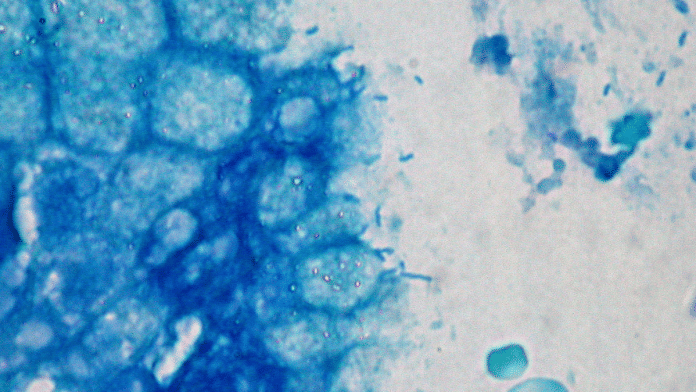New Delhi: Researchers have developed a new method for detecting H. pylori and its mutations in dyspeptic patients, which could be a game-changer for those in rural areas with limited access to diagnostic laboratories, a PIB press release stated.
The study, published in the Microchemical Journal, focuses on a method called CRISPR-based diagnostics (CRISPRDx). This technique utilizes the CRISPR-Cas9 system, known for its ability to recognize and cleave specific DNA sequences, to detect the presence of H. pylori and identify mutations associated with antibiotic resistance.
H. pylori is a bacterium that affects over 43% of the world’s population and is linked to various gastrointestinal disorders, including peptic ulcers, gastritis, and gastric cancer. Resistance to clarithromycin, a major concern in treating H. pylori infections, is often caused by point mutations in the 23S ribosomal RNA coding gene of the bacterium. This resistance necessitates repeated diagnostic tests and multiple courses of different antibiotic combinations for eradication, posing a global public health threat.
The researchers, led by Dr. Shraddha Chakraborty from CSIR-IGIB, used an engineered Cas9 protein, en31-FnCas9, to detect H. pylori and its mutations in gastric biopsy samples. This approach, combined with lateral flow-based test strip assays (FELUDA), offers a rapid visual readout of the infection status and antibiotic resistance profile of H. pylori. This method is particularly beneficial in remote settings with limited access to diagnostic laboratories, providing accurate and timely information on the antibiotic resistance pattern of H. pylori strains isolated from patients.






